In this new weekly “throwback Thursday” series from Fine Art Connoisseur, take a look at an important artist or historic artwork.
This week’s feature: The talented painter Jane Peterson (1876-1965) lived on her own remarkable terms, demanding a top-tier education and exploring the world, often on her own.
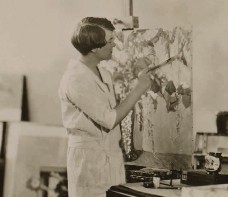
by Patricia Jobe Pierce
Until modern times, inbred prejudice, ignorance, and complacency obscured the talents of women in almost every field of activity. The Italian painter Artemisia Gentileschi (1593-1651/53) became the first female recognized for contributing profoundly to the art of her time. However, more than 200 years would pass before American women were acknowledged as being able to compete with or outperform their male peers.
The wealthy expatriate Mary Cassatt (1844-1926) was the first American woman widely accepted as an equal. In 1866, she left the Pennsylvania Academy of the Fine Arts and sailed for Paris to study. At the Salon of 1872, her canvas On the Balcony (now in the Philadelphia Museum of Art) caught the eye of Edgar Degas. Although it was considered improper for women to fraternize publicly with men in Paris, Cassatt exhibited with the Impressionists from 1879 to 1886. Through those years and beyond, she experimented with her art and helped pave the way for women artists to attain respect on both sides of the Atlantic. One of those beneficiaries was Jane Peterson (1876-1965) of Elgin, Illinois.
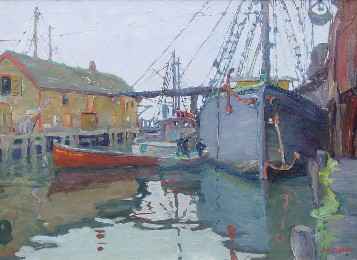
1917, Oil on canvas, 30 x 40 in. Private collection, New York
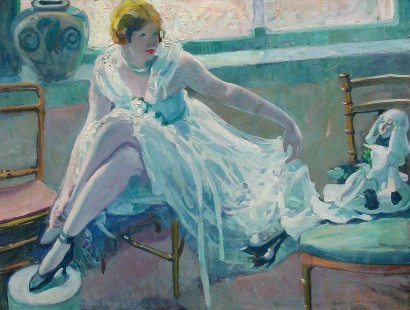
c. 1920, Oil on canvas, 30 x 40 in. Private collection
Ignoring bigotry and discrimination, Peterson demonstrated a talent and drive that won admiration from her most gifted male colleagues. (Interestingly, she claimed there was no double standard in art and that gender had nothing to do with whether an artist was competent.) She went on to develop a highly individual style that eventually brought her awards and fame, yet it must be remembered that her self-confidence and independent lifestyle were unusual at the time. In general, Americans believed women should become obedient wives and mothers, so those who were noticeably talented, gregarious, aggressive, or otherwise unconventional were considered odd.
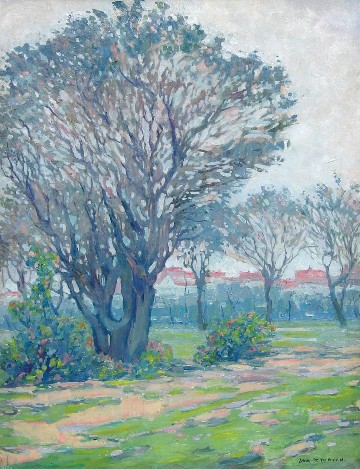
c. 1920, Oil on canvas, 40 x 30 in., Private collection

c. 1918-25, Gouache on paper, 9 x 12 1/2 inches, Private collection, Florida
Today, female artists are judged primarily on their ability, not their gender. That would have pleased Peterson, who in 1940 observed, “Art tells the story. Art uncovers the very soul of man.” It goes without saying that her definition of “man” included women. Because Peterson handled paint so deftly, her death in 1965 did not diminish her fame, and her future looks as bright as her canvases.
Sign up to receive Fine Art Today, the free weekly e-newsletter from
Fine Art Connoisseur magazine.

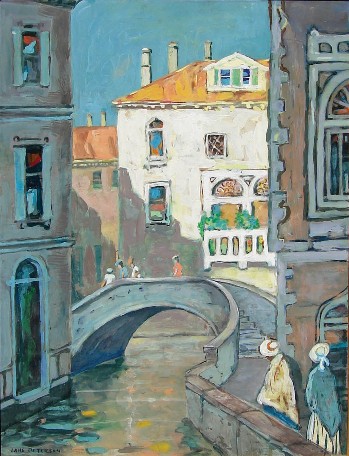






I love a good throwback! Amazing article, Jane Peterson is a great artist, love her style with the heavier brush strokes. It reminds me of one of my favorite artists, Agnieszka Pilat, from the new ATO Gallery website.